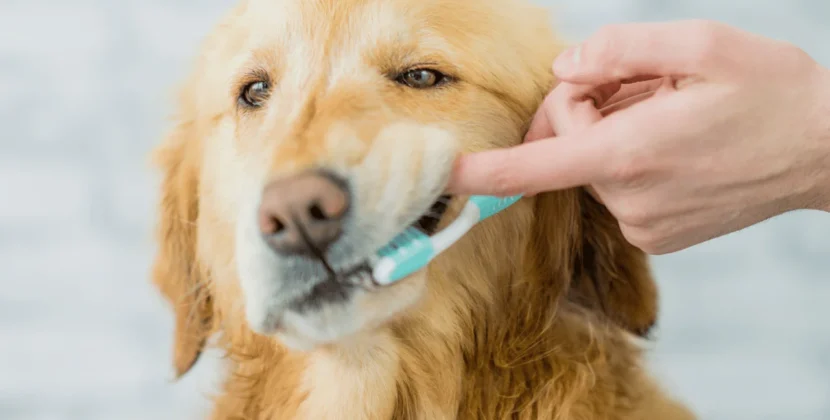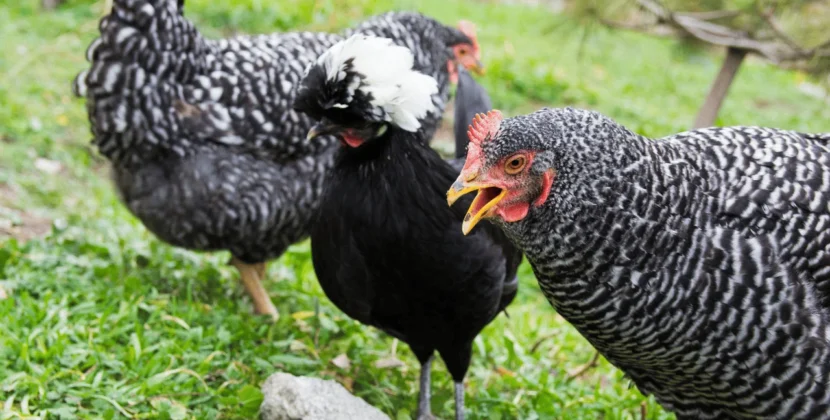Birds are remarkably intelligent creatures who enjoy mental stimulation. Training your bird not only helps to strengthen your bond but also keeps their mind sharp and active. Among the most delightful tricks you can teach your bird, you will find ‘waving hello’, ‘playing dead’, ‘retrieve objects’, ‘spinning around’, and even ‘dunking a basketball’.
In this guide, we will explore these tricks in detail, starting with how to “Teach Your Bird to Wave Hello.” With patience and consistency, your feathered friend will be impressing everyone with their new skills in no time. Stay tuned to learn more about these fun and engaging activities. Let’s embark on this exciting journey of teaching your bird some astonishing tricks!
Teach Your Bird to Wave Hello
Teaching your bird to wave hello is not only adorable but also a great way to impress your friends. Here’s how you can do it:
- Hold a treat in front of your bird’s face.
- Gently lift their foot while saying the command “wave” or “hello.”
- Repeat this process several times until your bird starts lifting their foot on command.
- Once they consistently lift their foot, reward them with the treat and plenty of praise.
Pro Tip: Patience is key when teaching tricks to your bird. Make sure to use positive reinforcement and rewards to encourage their progress.
Teach Your Bird to Play Dead
Teaching your bird to play dead is another fun trick that will surely amaze everyone who sees it. Follow these steps to teach this entertaining trick:
- Start by training your bird to lie down on their back on a flat surface.
- Use a cue word like “play dead” or “bang” while gently guiding them onto their back.
- Reward them with treats and praise when they successfully lie down.
- Gradually increase the duration of time they remain on their back before giving them the reward.
Remember: Some birds may find lying on their backs uncomfortable or stressful, so always monitor their body language and stop if they seem distressed.
Teach Your Bird to Retrieve Objects
Teaching your bird to retrieve objects is not only entertaining but also practical! Imagine having your feathered friend bring you the TV remote or your keys. Here’s how you can train them to do it:
- Start by teaching your bird to pick up a small, lightweight object, such as a wooden bead.
- Hold the object in front of them and say a command like “pick it up” or “fetch.”
- Encourage your bird to grasp the object with their beak by using positive reinforcement.
- Gradually increase the distance between you and the object, rewarding them each time they successfully retrieve it.
Tip: Make sure to use safe and non-toxic objects for your bird to pick up and avoid anything that may harm them if accidentally ingested.
Teach Your Bird to Spin Around
Teaching your bird to spin around is a simple yet entertaining trick that will surely bring a smile to your face. Follow these steps to teach this fun trick:
- Hold a treat close to your bird’s beak and slowly move it in a circular motion.
- As your bird follows the treat with their eyes, say a command like “spin” or “twirl.”
- Repeat this process several times until your bird starts turning around on command.
- Reward them with the treat and praise each time they successfully complete the spin.
Note: Always be gentle when guiding your bird’s movement during this trick, ensuring their safety and comfort.
Teach Your Bird to Dunk a Basketball
If you’re looking for an advanced trick, teaching your bird to dunk a mini basketball can be both impressive and enjoyable for both of you. Here’s how you can do it:
- Introduce your bird to the mini basketball hoop and ball by placing them near their play area.
- Encourage your bird to interact with the ball by tapping it or pushing it with their beak.
- Gradually guide them to pick up the ball and place it through the hoop.
- Use positive reinforcement, treats, and praise to reward each successful dunk.
Remember: Not all birds will be able to perform this trick, so be patient and consider your bird’s physical capabilities and comfort level.
In conclusion, teaching tricks to your bird is a rewarding experience that strengthens the bond between you and your feathered friend. Remember to use positive reinforcement, patience, and plenty of treats and praise. With time and practice, your bird will amaze you with their newfound skills. So grab some treats, get started with these fun tricks, and enjoy the wonderful journey of training your bird!








